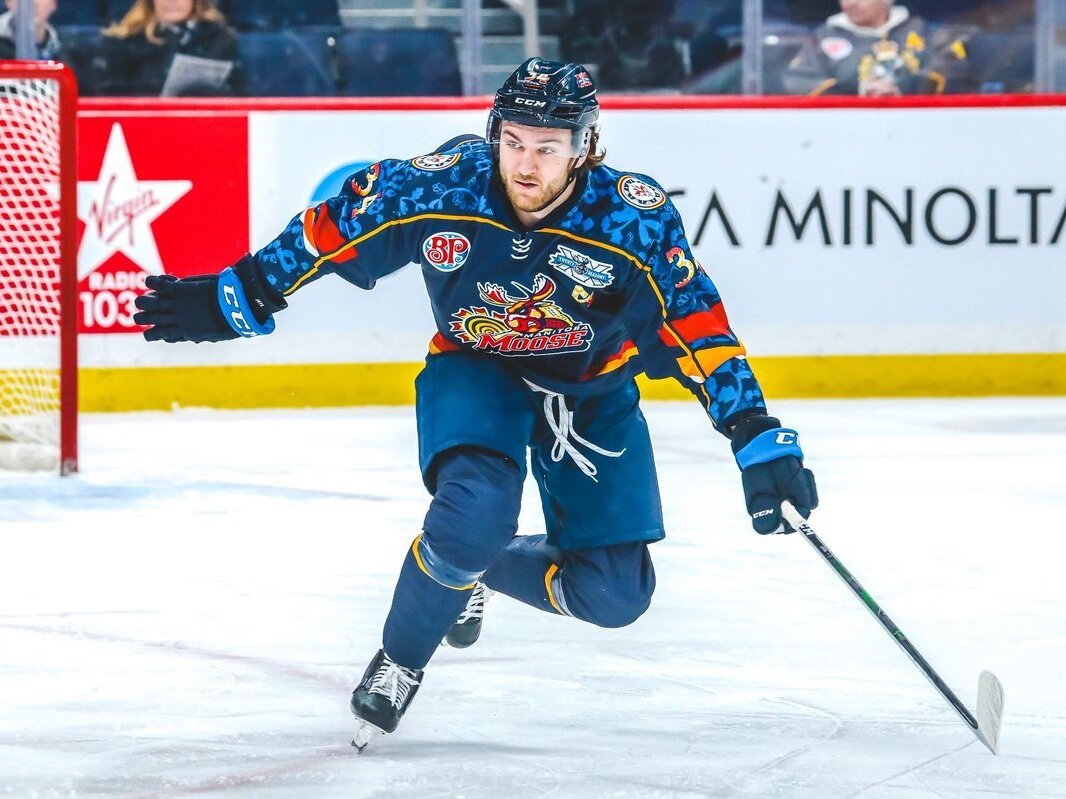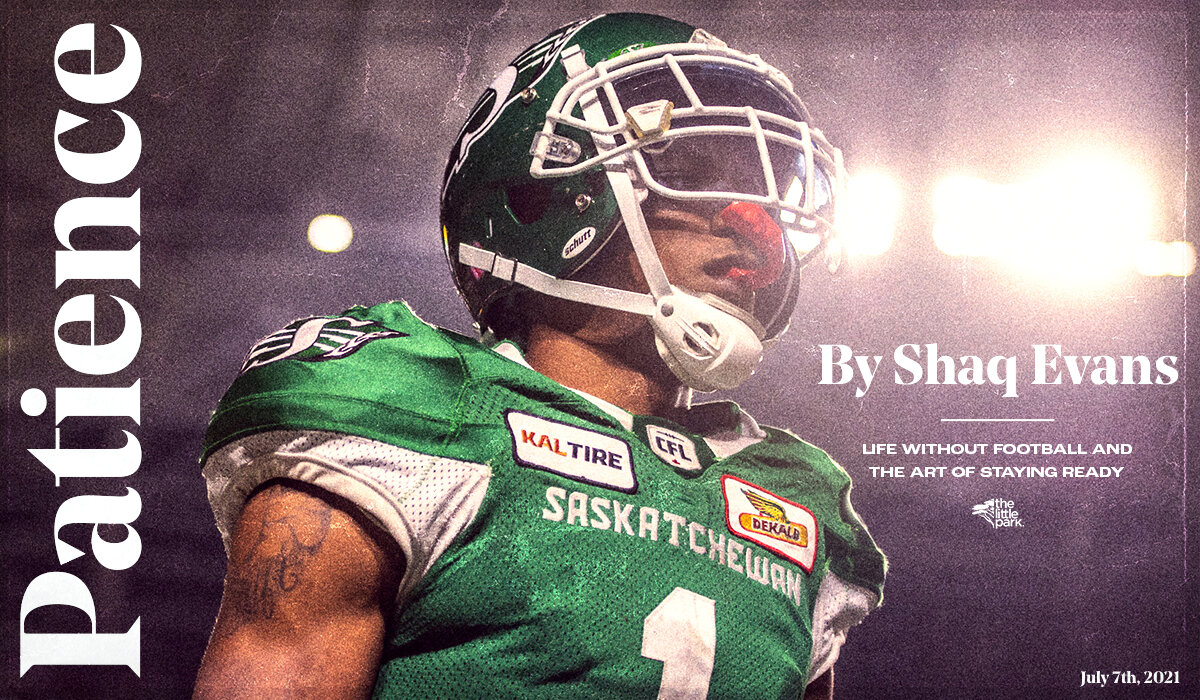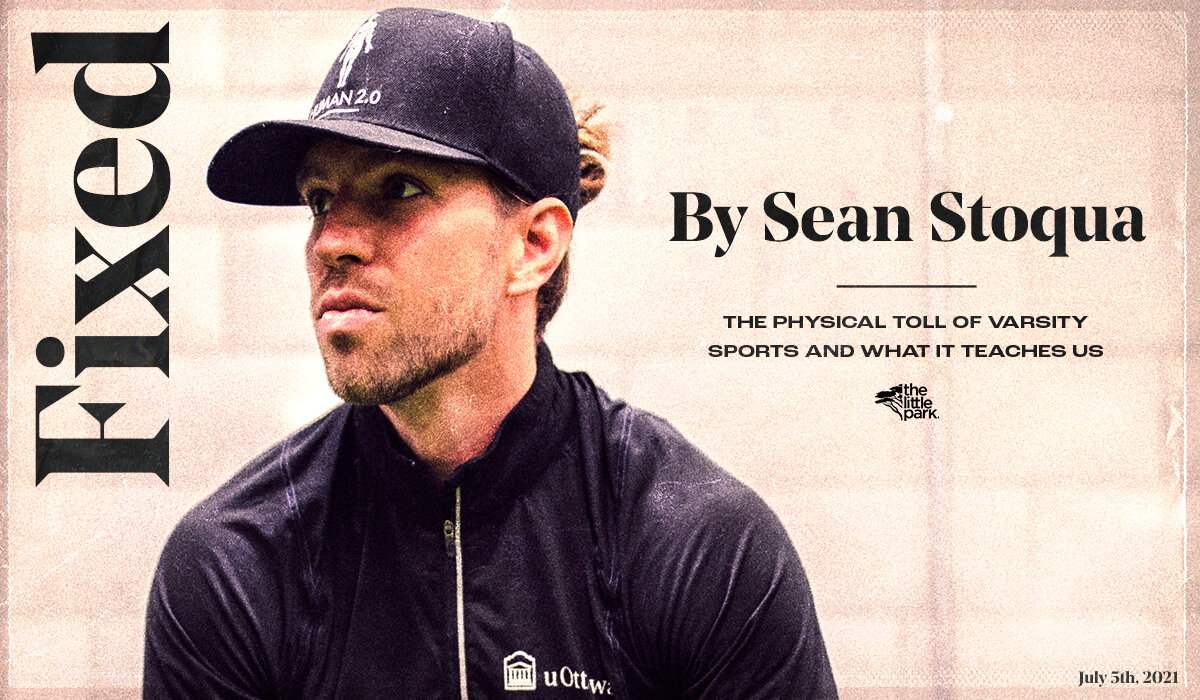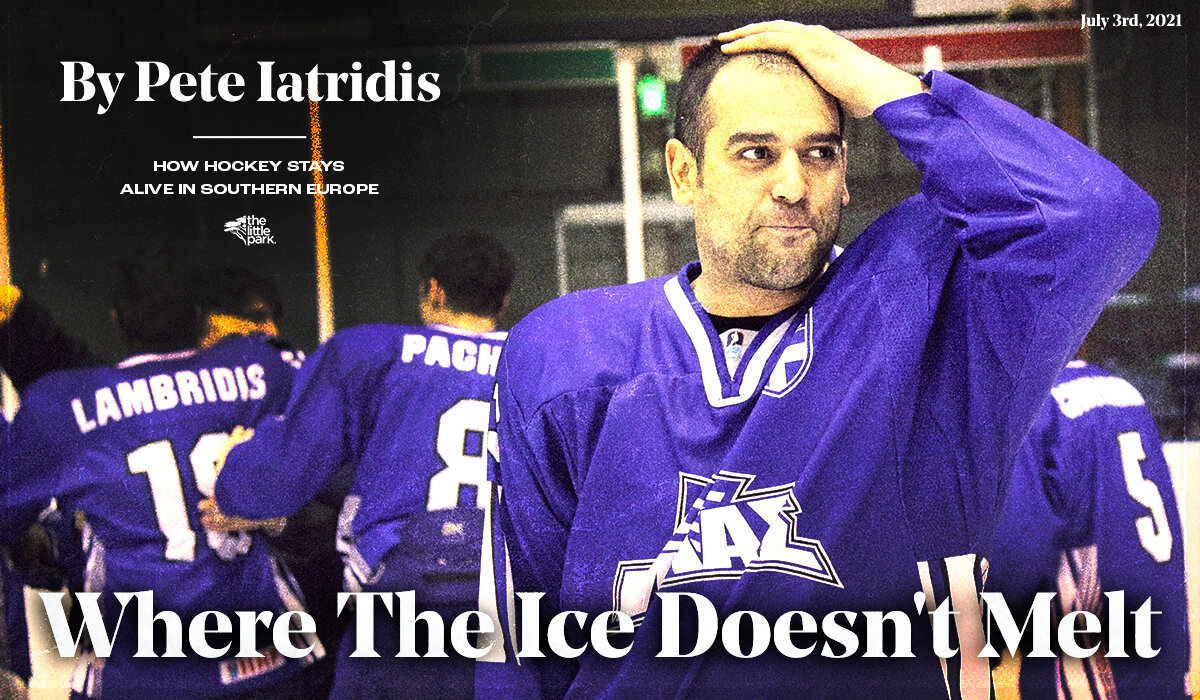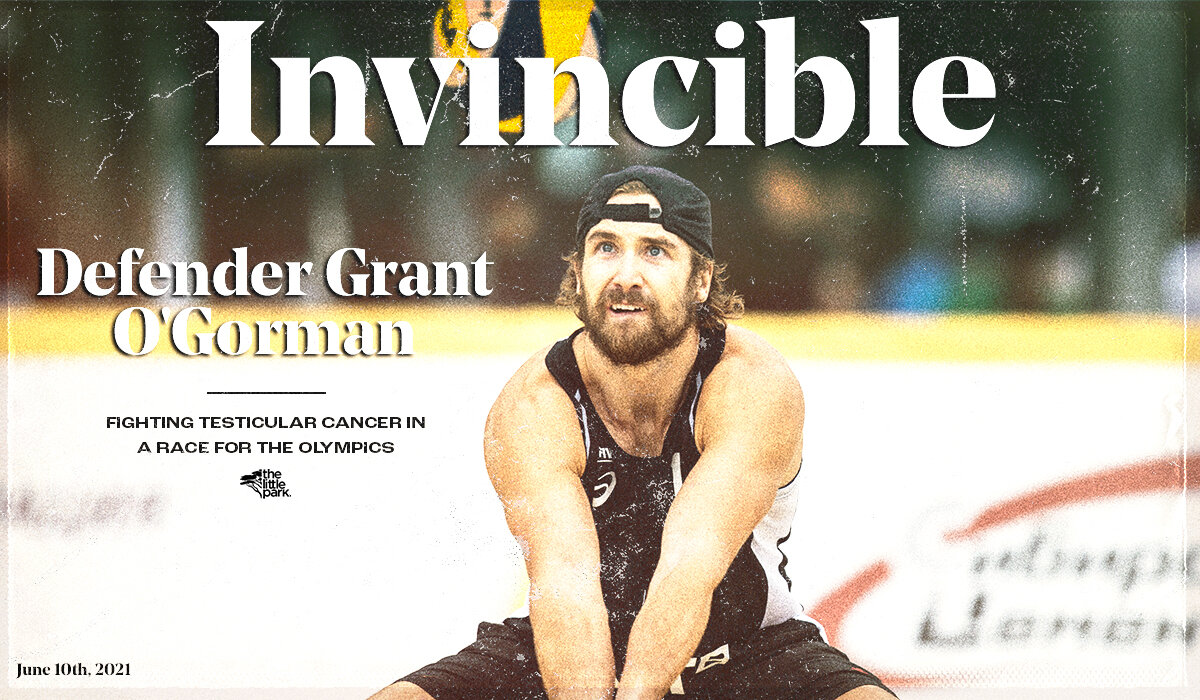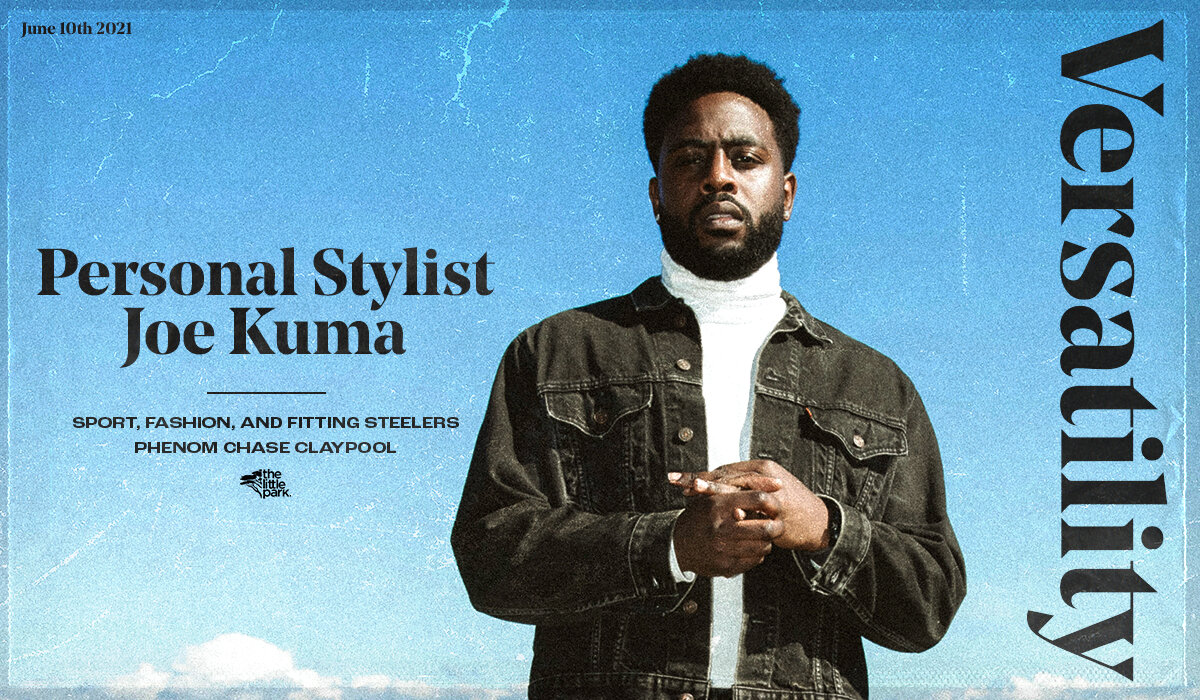I remember the day of the 2008 Bantam WHL draft. I was on a bus headed to North Dakota for a summer hockey tournament in Minot. Sitting with all of my friends, one by one, I’m hearing guys get drafted. A new name off the board. Smiles. Handshakes. Nearly everyone on that bus was being drafted into the WHL.I was watching them all take the next step in their hockey careers.But my name wasn’t called.Growing up in Saskatchewan, my parents didn’t apply the typical “hockey parent pressure” you find in the Prairies. I played for the love of the game because my parents let me. It wasn’t a chore. It wasn’t to go to the NHL.On the ice, I was small. Like, really small. But I had tenacity and skill worth mentioning. Throughout my youth hockey days, I was a top-five guy on most of my teams.I had convinced myself, eventually, that, “Hey, I might have a shot at this.”After that deflating bus ride to Minot, I tried out the next year for the Midget AAA Regina Pat Canadians. This was the next best option. At five-foot-five and 135 pounds, I made the squad and pissed off a lot of those hockey crazy Regina parents in the process. It wasn’t supposed to happen like this. That spot was meant for “their kid.”After that season, the Kamloops Blazers of the WHL finally came knocking. They “listed” me, which essentially means drafted.I was on the Blazers’ fourth line to start the year, buzzing around. Either you’re a guy scoring on command, doing whatever you want on the ice, or you’re a guy hitting and fighting.I wasn’t scoring on command.Halfway through the year, we are playing the Kelowna Rockets and I saw this big six-foot three guy. If I’m going to fight someone, I might as well fight someone big. If I get my ass kicked, I might earn some respect. If I win, I’ll look like a hero. I had been in a few school-yard scraps but this was in front of a crowd. This was on a stage. I square up with this guy and, at the time, it was the scariest moment of my life.As a 16 year old, that year, I fought eight times.Being a rookie in the WHL is tough on the mind. It’s tough getting bugged and harassed. I’m not going to sit here and complain about it because I enjoyed my time in the league. But the truth is — fighting gained me the respect of my teammates.The next year, I fought 15 times.I had been passed up on the first two years of my NHL draft eligibility. Entering my final year in Kamloops, I knew I needed to become more than a fighter.I went into my coach’s office and asked him point blank to pair me with skilled players. He did, but he wanted me to stay scrappy. I started the year scoring 22 goals and 55 points in 31 games. It was an October to remember.That 2012-13 season, the NHL was locked out due to a labour dispute between the league and the NHL Players’ Association. An unprecedented year for fans and players.Most every hockey fan in Canada knows the World Junior championship as a sacred tradition. But the lockout year was different. The Canadian junior team had a tidal wave of featured talent, some of whom would have otherwise been already playing in the NHL.I wasn’t supposed to score 22 in 31 that year in Kamloops, but I did. And I definitely wasn’t supposed to get invited to Canada’s selection camp in a year flooded with elite star power. But I did.The camp was in Calgary. I shared the ice with Ryan Nugent-Hopkins, Jonathan Huberdeau, Mark Sheifele, Ryan Strome, Morgan Rielly, Dougie Hamilton, to name a few.I rotated 13th forward with a young Nathan MacKinnon, stuck out like a sore thumb, but I had a good camp.At the end of it all, I sat in my hotel room with another player.If your hotel phone rings, you’re getting the boot.We’re watching TSN coverage. Twitter, too, had just taken off. About five cuts in, the phone rang. I answered, knowing it is likely “my time.”Instead they asked me to hand the phone to the other player in the room.I did as I was told and I watched this guy’s childhood dream get taken away. He packed his stuff and left me alone in that hotel room.I was shaking. Cuts. Cuts. Cuts. The final cut was announced. For maybe the first time in my career, I was glad my name wasn’t called.A cameraman and a member of Team Canada staff knocked on my hotel room shortly afterwards. They handed me a Nike roller suitcase full of gear.“Welcome to Team Canada.”I’m headed to Ufa, Russia for the World Junior Ice Hockey Championships.It started well. I had my role, was getting regular shifts and playing on the penalty kill.And then the unexpected came just two games in.When you watch the clip, it wasn’t that bad of a penalty. I was suspended one game for a “hit to the head” to Slovakia’s Tomas Mikus.When you play a physical game, it happens. Look at Anthony Camara’s hit in that same game. He served a suspension, too, for the cleanest hit I have ever seen. But these are international rules.What I didn’t realize at the time is that it would change my place on this team.My suspension made way for a young Nathan MacKinnon to slide in there and, clearly the better player, he made his mark. I played when I came back, but it wasn’t the same. Beyond my own situation, that year was a disappointment for Canada. After going undefeated in the preliminary round, we received a bye to the semi’s and lost to the United States. We played for the bronze medal game, lost to Russia in overtime, and ended a 14-year medal streak for Canada.I wasn’t sad for myself. I was sad for my parents who flew over to Russia on their own dime to watch me contribute at the highest level and to my potential. At this level of hockey, there is always someone right behind you waiting to do your job. Luck of the draw, for me, it was a kid (and future NHL star) named Nathan MacKinnon.I learned very quickly that playing hockey at any sort of elite level is an exercise in mental health and a numbers game.I never expected to get drafted into the NHL. When I was a kid, I had two cousins, Todd and Wade Davidson, originally from Winnipeg. As brothers, they had the fortune to play together in the WHL for my hometown Regina Pats.I looked up to them as the “sports guys” of my family and when I saw Todd on the ice I thought, “He’s small. Why can’t I do that? Why can’t I be where he is?”In 2006, Todd died from cancer. He fought hard, through radiation treatments and chemotherapy. Todd was a fighter. When he died, maybe I didn’t know it then, but the loss pushed me to focus even further on the pursuit of professional hockey.My agent told me, leading up to that 2013 NHL Draft, that I’d be going in the second to fourth round.I talked to a lot of teams. But I never talked to the Winnipeg Jets.They drafted me in the 3rd round, 91st overall.It was special. People tell you, “there’s a lot nicer cities than Winnipeg to play in.”I had family in Winnipeg. My late cousin Todd was from Winnipeg. The Jets are in many ways “home” to us in Regina (who don’t have an NHL team). I wore No. 34 in Todd’s honour.My first year I played down in St. John’s, N.L. I’m 20 years old and single. It was like a scene out of the movie “Slapshot.”I didn’t need a car to get anywhere. I lived above a pasta restaurant. I was just happy to be there. We all were. With a little bit of an older squad, too, we went to the conference final. We played to win for winning’s sake.In my third year, I was the last cut at Jets camp. I knew I was close. Once you get a few years as a member of the system and stick around, you’ll get your chance. Like I said, it all comes down to numbers.My first call up was against the Colorado Avalanche. I remember lining up against Jerome Iginla. He’s one of the owners of the Kamloops Blazers. I looked up to this guy.And then with three months left in the year, I had a second call up. A guy was out for the rest of the year. I was playing fourth line, five to nine minutes a game, buzzing around, hitting everything that moved.We’re on the road in Calgary and, as was my MO, I looked to make a physical statement. This wasn’t Kamloops, though. It was Micheal Ferland, one of the heavyweights in the NHL. I squared up with him and he rag dolled me pretty good.Later on, in the third period of that same game, he takes a run at me and our shoulders collide. On impact, I separated my rib. It was the most pain I had ever been in.That play became the difference between playing nine games that year and playing thirty.When you go down to the AHL (I was playing for the affiliate Manitoba Moose now), it’s difficult. When you’ve had a taste of the big leagues, you start to get into your own head. Like I said earlier, I was never a kid who had expectations.
I remember, at 26 years old, we had just played a back-to-back against the Chicago Wolves. I had a good set of games. We’re on the plane back to Winnipeg and one of my coaches came to me and said, “So and so is 50/50 for tomorrow night in Dallas. If he can’t go, you’re up again.”
I was excited but at the same time there’s just a 50/50 chance I play. And, as chance would have it, I wasn’t called up. That was the closest I have been since. But I’ll keep slugging away because you never know.
I eventually decided to leave the Jets for the KHL’s Dinamo Riga in Latvia. This is where I am today.
Going to the KHL, I wanted to try something different and step out of my comfort zone. I enjoy the game so much and hope to play as long as I can. The truth is, I have more fun every year.








